Wombats: Unique Marsupial Buried Alive By Loggers and Landowners
Wombats may look like big teddy bears but their actually a harmless nocturnal Australian marsupial who becomes active during the night and eats roots and leaves. They are head-strong, powerfully built and quietly understated. They’ve been the subject of many children’s books, stars in television series and been the ire of farmers and loggers.
I’ve spent part of my life living on properties that had native wombats and I’ve witnessed them survive horrendous bush fires and a seven year drought. Wombats are under direct attack from loggers and some landowners and they need help now.
World’s oldest wombat: “Patrick”
29 years old, at Ballarat Wildlife Park, Victoria, Australia. He’s been released into the wild three times but didn’t have the instincts to survive in the wild. He was taken in by the zoo after his mum was killed by a car and he now tips the scales at a whopping 39kg. He has over 200,000 fans on FaceBook! Despite his age, Patrick has never fathered any babies or even had a partner.
Wombat Facts and Figures
Their teeth never stop growing, so they keep chewing things to keep them filed back.
They can weigh around 40kg (88LB)
They can run 32kph (20mph)
They have a backward facing pouch - so it doesn’t fill up with dirt when burrowing underground.
They have a hard rear end so predators can’t grab them to capture them
Wombats are the closest living relative to Koalas
Very long claws for digging and powerful legs for throwing dirt out of the way
The Hairy-nosed wombat is listed as endangered
Wombats poop on top of rocks and logs near their burrows; not so much to keep intruders away, but to remind wombats how to get home. It seems they have terrible eyesight but an excellent sense of smell. Each wombat’s square poop has a smell distinctive to each individual wombat. However, for the poop to remain in place atop its rock or log—and thus help them find their way home after a heavy night of grass-eating —the poop comes out cubic.
Despite being mostly peace-loving, herbivorous, crepuscular, appearing or active after twilight, creatures that spend their lives digging holes so they can hide in them, wombats are responsible for more human deaths than almost any other animal in Australia—and Australia has a LOT of deadly animals.
Zactopia describes wombats as “kegs on legs.” Their rear hides are crazy tough and strong, which helps them burrow and acts as a nifty shield (and occasional weapon) against predators. They weigh between 70-90 lbs and have an insanely low center of gravity. And they’re one of the strongest burrowing animals in the world. All those qualities make them hard to smush.
At night when they come out to feed, squatty wombats will act as a launching ramp for passing motorists unlucky enough to run into them, sending their cars skywards and off the road. Amazingly enough, wombats have been known to survive these accidents.
AUTHOR: I had the dreadful experience of this myself. A number of years ago, round midnight on a mountain road a sudden movement appeared then a loud thud and my car was propped up sideways. Getting out of the car I heard terrible screaming and to my horror the front wheel of my car was resting on the wombat’s head! Frantically I got in the car, started the engine and revered off him, leapt out of the cat to rescue him to take him to the vet, only to see him stand up, shake himself and begin to trot off happily down the road. I followed him as much as I could and he did not appear injured at all.
I have known several people who have accidentally hit wombats on the road at night and their car has been completely totalled and they’ve ended up in hospital, while the wombats don’t even sustain injuries.
Wombats are harmless but they don’t run around you - they run through you, hence they are known as” little bulldozers”. If you build a house on their usual walk track, they have been known to burrow “their track” under your house. You don’t tell the when they can go - they make their own rules.
It seems nothing stops wombats - except loggers and land owners:
Loggers Burying Wombats Alive
The majority of Australians hold an affectionate place in their heart for the understated marsupial. However, shocking reports surfaced that loggers are burying wombats alive, in the Glenbog State Forest at the top of Mount Brown. Takes up to 21 days for wombats in their burrows to die of hunger and suffocation after their burrows have been backfilled by people.
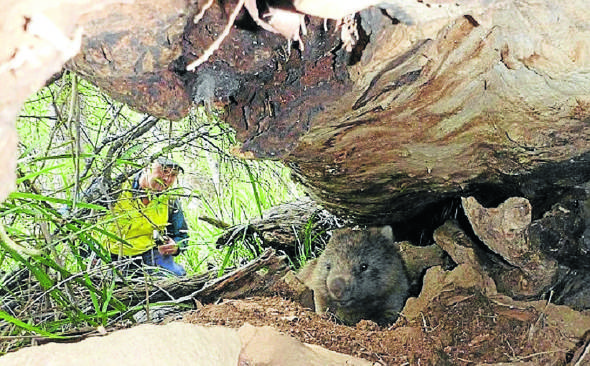
Lucky survivor: Wildlife Land Trust member Ray Wynan checks on a wombat whose burrow was nearly blocked by a large log
Wildlife carer Marie Wynan told the ABC two more clogged wombat tunnels were found at the weekend, despite her organisation Wombat Protection Society marking active tunnels with yellow tape and paint.
“The wombat is a protected species but not a threatened species, and because of that they [loggers] don’t feel like they need to do anything,” she told SMH.
The Environmental Protection Authority (EPA) were notified and they sent representatives to the site, but loggers are ignoring their directives. Wynan said “Having found two more clogged tunnels recently, the message isn’t being taken seriously and the EPA should start fining loggers for breaches.”
“We’ve seen deliberate removal of our tags and a burrow five metres from their lunch break [area] has been backfilled three times. The Wombat Protection Society had recorded and marked 150 burrows and ensured the yellow tape could be seen by machinery operators.”
She says her organisation has found 11 blocked tunnels in total, and they’ve observed wombat footprints in the snow leading to a burrow that was blocked several days later.
“It’s caused by machinery or falling trees [covering the tunnels] and logs pushed up by dozers,” she says. “In some instances we’ve seen new roads have been made over them and piles of logs have been stacked on top of it.”
“We spoke to the planner of forestry before this started and asked what has been done about the burrows and he actually said they hadn’t thought about the wombats and they have a special licence that’s called collateral damage.”
When wombat tunnels are buried by loggers they are unable to dig themselves out and are left to starve to death.
In a further report: Marie and Ray Wynan, who run a wildlife sanctuary at a neighbouring property, said contractors ignored the special conditions, and they discovered nine collapsed and blocked burrows soon after logging began. Four burrows were so compacted by machinery and logs they couldn’t be re-opened. In one case, a dirt road was built over the top of the burrow.
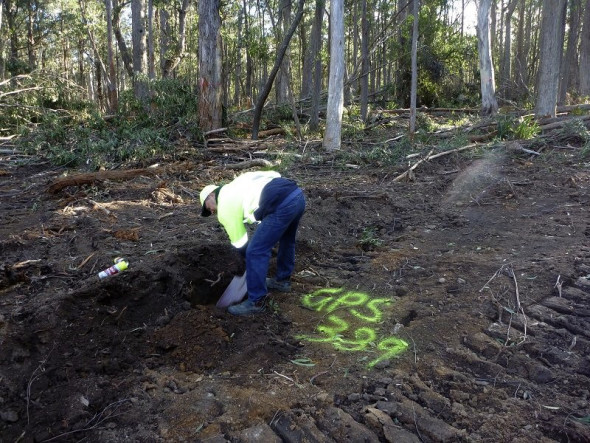
Wombar rescuer Wynan trying to uncover a deliberately filled in burrow, by loggers who ignored yellow paint signage.
‘‘The wombats have not been able to dig themselves out. They have died,’’ said Ms Wynan, director of the Wombat Protection Society, who photographed the devastation.
After EPA officers were sent from Sydney to investigate the deaths, a Forestry Corporation spokeswoman admitted ‘‘some entrances have been disturbed’’.
But the spokeswoman claimed ‘‘wombats use multiple burrows’’ and ‘‘larger burrows generally have several entrances and wombats are able to re-excavate or remove obstacles at burrow entrances.’’ The comments were rejected by wildlife groups as ignorant.
‘‘During 25 years of observing bare-nosed wombats, we have never come across a wombat with a chainsaw or able to use machinery to remove excessive compacted soil or logs or rocks or debris, as occurs during logging,’’ said Ms Wynan.
She said thorough searching hadn’t found a single burrow with more than one entrance, and such burrows were rare for this variety of wombat.
The Australian Wildlife Society regional co-ordinator Linda Dennis said Forestry Corporation’s comments were ‘‘ridiculous’’.
‘‘The bare-nosed wombats just have one entrance in and out, so if it is ploughed over, that’s it. You are looking at a slow death with lack of food and water,’’ said Ms Dennis.
NSW Labor’s environment spokesman Luke Foley said Forestry Corporation should honour its agreement with the wildlife groups, which had been ‘‘an opportunity for a positive community partnership to ameliorate the impacts of logging’’.
‘‘Wildlife carers spent many hours painstakingly marking and recording wombat burrows only to return and find callous disregard had been given to these harmless and vulnerable animals,’’ he said.
The logging was moving into forest that is more heavily populated with wombats, and Mr Foley said the NSW government should ‘‘call its forestry agency to account’’.
He accused the government of failing to enforce environmental protections. The EPA’s acting director south, Steve Hartley, said EPA officers had inspected the site and met residents to discuss their concerns. ‘‘The EPA also inspected how harvesting was being undertaken and made recommendations about how to better protect wombat burrows,’’ Mr Hartley said.
Ms Wynan said the loggers had ‘‘deliberately’’ removed the GPS markings and filled burrows in again once the EPA officers had left. Forestry Corporation said it had completed three-quarters of its operation in Glenbog.
These actions show a blatant disregard for safe and humane environmental practices and the welfare of the wombats within the burrows was disregarded. These wombat deaths are the result of human caused prolonged and painful starvation.
Wombats are a unique and much loved Australian marsupial. The community expects that care and consideration is always taken to protect their wellbeing as developers and industry go about their activities.
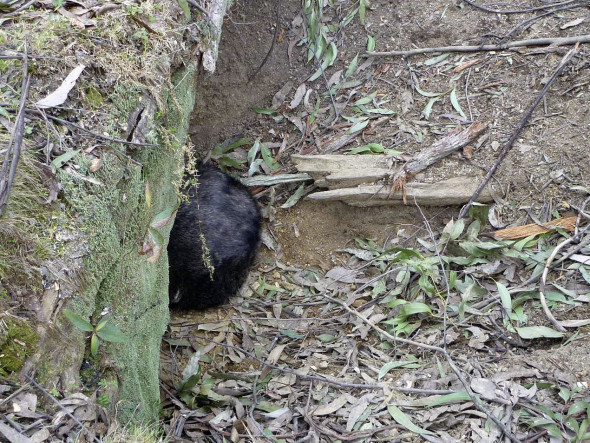
A live wombat at saved burrow 368 with early signs of mange due to the stress from having all his surroundings collapsed and destroyed.
Aug, 2014: Gov’t Minister Questioned About Wombat Deaths
David used Budget Estimates this week to question the Minister for Primary Industries Katrina Hodgkinson about the cruel destruction of wombat burrows in Glenbog State Forest. When Minister Hodgkinson was asked about the mindless destruction that occurred during the logging operations, destruction that resulted in a number of wombats being buried alive, her response was evasive and utterly without concern for the plight of these native animals.
Last week it was reported that a number of wombats were buried alive in their burrows by Forestry Corporation during operations at Glenbog State Forest.
In an attempt to protect the wombats from unnecessary harm, members of the Wombat Protection Society had previously met with Forestry Corporation and advised them of the exact GPS coordinates of the 150 wombat burrows in the area. They even went so far as to mark the burrows out with high-visibility paint and fluorescent marking tape to safeguard the wombats’ habitat.
Despite assurances from Forestry Corporation that the logging would not obstruct wombat burrows, it was found that loggers ignored the markings and indiscriminately felled trees, moved earth and filled the burrows with loose soil that effectively buried the wombats alive in their burrows. Some 11 burrows were buried in this way before the logging was stopped.
The CEO of Forestry Corporation, Nick Roberts, has denied any wrongdoing in the Glenbog State Forest logging operations, claiming that no wombats have been buried alive or have been harmed in the harvest area. However, Scott Hansen, Director General in the Department of Primary Industries claims that out of the 150 marked burrows, 11 had been ‘disturbed’ by the logging operations.
Minister Hodgkinson, however, assured the committee that timber harvesting in NSW is subject to stringent regulation and that ‘while effort has been made to avoid burrow entrances, some disturbance to a small number has been unavoidable’.
The Minister gave this evidence without seeming to care that each and every burrow had been marked with high visibility tape and paint and the GPS co-ordinates were given.
When the Minister and the bureaucrats were pressed on what “disturbed” meant this was the evidence:
Mr DAVID SHOEBRIDGE: When it said a number of burrows had been disturbed, what did that mean? Does that mean buried?
Ms KATRINA HODGKINSON: It means disturbed.
Mr DAVID SHOEBRIDGE: I am asking you what that means. I am asking you if it means buried covered over so that wombats are buried
Mr HANSEN ( Director General, Department of Primary Industries): It can be a range of issues disturbing the burrows: whether it has been covered with fallen debris, whether it has been covered with soil or whether there is compaction—
Mr DAVID SHOEBRIDGE: Basically, though, the wombat cannot get out. Is that right? That is what it means; that is a summary of it?
Mr HANSEN: Yes, that the access has been impeded in one way or another. The information we have is that of the 150 burrows that have been marked, it is alleged that 11 have been disturbed, and that is what is currently under investigation.
Mr DAVID SHOEBRIDGE: How did it happen, Mr Hansen, through you, Minister, that despite them being given the GPS coordinates, 11 of them were, to use the euphemism that you apply, disturbed?
Ms KATRINA HODGKINSON: I would say that the word “disturbed” is the appropriate word at this point in time and Forestry Corporation—
Mr DAVID SHOEBRIDGE: I do not mean to debate the word; I just want to know how it happened.
Ms KATRINA HODGKINSON: —is continuing its investigations …”.
Excerpts From PDF To Loggers
PDF document by Marie Wynan, outlining the three provisions they had had inserted specifically into the foresters’ harvest licence for the wombats protection.
Page 6:
HAULAGE TIMES
Truck movements are restricted during the early morning and late afternoon. No haulage may occur in the morning before sunrise or from one hour prior to sunset.
Page 9:
Injured Wildlife
Private property (Lot 110) located adjacent to the western boundary of compartment 2321 is owned by [name removed for confidentiality]. If operators identify any wildlife injured during the operation have requested that it be reported to them as soon as possible so that they can collect and treat the injured animal. Call [name removed for confidentiality] to report any injured animals.
Page 10:
Common Wombat
As far as practicable damage to wombat burrows must be avoided. In particular, care should be taken to ensure that burrow entries are not collapsed or obstructed by large woody material, rocks, etc. Approximately 100 wombat burrows have been marked with yellow/black striped paint in the field by local representatives of the “Wombat Protection Society” to assist machine operators in identifying their location.
Excerpt from opening page of document ‘Summary to EPA 29th July 2014’
A companion document sent to me by Marie Wynan gave an indicator of the flouting of the haulage time agreement:
6.10 am (before sunrise) Contractor entering harvest zone via Western end of Jumping Creek Fire Trail.
At 5pm contractor with orange/red ute containing dog cage and dog exiting the same route.
This is of concern because dawn and dusk are the times of highest wombat activity – the times they move about the forest to feed – and thus this puts them at risk of vehicle impact.
But it is the third provision headed ‘Common Wombat’ that has caused the most concern for the Wynans.
A document, entitled ‘Summary to EPA 29th July 2014’ sent to me by Marie Wynan is a long, sorry list of damage to wombat habitat.
Here is the first listing from Marie Wynan’s document referring to damage of wombat burrows:
26th June 2014, Wombat burrow number 389 - GPS S36*32’42.6 - E149*25’52.1 (Dump Point I) totally bulldozed to non-existence.
There are more like this, totalling ten breaches of the provision headed ‘Common Wombat’.
The EPA response began: The Environment Protection Authority (EPA) regulates for environmental impacts of FCNSW logging operations under logging licences, or Integrated Forestry Operations Approvals (IFOAs).
The EPA worked with FCNSW before logging started and gained a commitment that FCNSW would avoid damaging common wombat burrows - this included ensuring burrow entrances do not collapse and remain unobstructed by logging debris.
The EPA identified some areas where on ground practices could be improved and made recommendations to FCNSW about how to better protect the areas wombat burrows. These recommendations have been used by FCNSW to modify their plans about how to store and handle logs and machinery in particular locations.
The EPA understands FCNSW has also been working with local residents to identify wombat burrows for protection.
The EPA will continue to actively monitor FCNW harvesting operations in Glenbog State Forest and will conduct a post logging inspection following completion of operations in that area to ensure compliance with IFOA.
In other words, the EPA are attempting to monitor on-ground damage in Glenbog Forest from their offices in Sydney!
Therefore, the blame for these hideous wombat deaths lies with the Baird State Government and Minister Katrina Hodgkinson, for not providing adequate staff to monitor the project for compliance.
The final word from the EPA was after I asked them whether any penalties would be handed out for wombat habitat destruction and deaths of the animals themselves, when their response was:
The EPA said they “will consider its regulatory response after it has conducted its post logging inspections later this year.” Sadly, by then, all that may be left of the wombats of Glenbog forest could be a lot of skeletons.
Wombats are Drowning
The Southern Hairy-Nosed Wombats in South Australia are facing adversity at every turn. There are the issues that effect all of our wildlife – urban development, habitat loss, an increase in farming, road kill and injury, disease and sickness.
Then there is the awful, completely inhumane practice of burrow bulldozing - burying wombats alive. Now, with all the heavy rain, wombats in the Murraylands region of South Australia are drowning.
Entire burrow systems are being completely flooded and wombats are being drowned in their homes. Burrow entrances are also collapsing from the soft, wet soil.
Wombat Awareness Organisation is desperately trying to rescue wombats that have been trapped in their burrows. The lucky ones, where only the first metre or so of the burrow entrance has collapsed, have dug their way out but other burrow entrances have collapsed two to three metres in and the wombats are stuck. The Southern Hairy-nosed Wombat is in trouble and need to be protected.
Hairy Nose Wombats Being Buried Alive By Land Owners
September, 2014: Wombats are being buried alive by landholders barricading their burrows, which is suffocating them underground, according to the Wombat Awareness Organisation. “It takes up to 21 days for them to suffocate and die, which is really horrible,” she spokesperson Brigitte Stevens.
The Wombat Awareness Organisation is calling for legislation to protect the burrows of southern hairy-nosed wombats and prevent the furry natives from being suffocated to death.
She said the latest reports of wombats being buried alive occurred last week at a property near Cambrai, about half an hour south-east of Angaston, where burrows appeared to have been filled in and wire placed near their entrances.
“Because they are not protected, there’s nothing really that can be done,” she told A.Advertiser.
She said it was “virtually impossible” to prove wombats had been buried alive, because it would require entering private property to dig out of burrows — something she was not allowed to do without permission.
While destruction permits to control wombat populations can be obtained, but the permits call for adults to be humanely shot, not buried alive
Landholders may only apply for destruction permits for wombats “IF” non-lethal measures — such as marking the location of active burrows, installing wombat gates in fences and making changes to fencing — have been tried and have not been successful.
Dairy farmer Vince Critchley, (pictured in photo above), who rents the land to the Wombat Awareness Organisation and its 40 wombats, said the few farmers who act inappropriately towards the wombats and fill in burrows were giving others a bad reputation.
Mr Critchley, who has been farming for more than 25 years, said the wombats caused less destruction than kangaroo populations, ate less grass than sheep and kept rabbits and foxes away.
Natural Resources SA Murray-Darling Basin district manager Justin Holmes said staff, including a southern hairy-nosed wombat expert, had visited the properties to investigate the allegations but found “disturbance in the ground consistent with the removal of a stump”.
But Ms Stevens said photos taken of the same property during last summer’s fires showed the same burrows, and no stump that needed to be removed.
Ironically, the Southern Hairy-nosed Wombat is the state’s ‘official emblem’ (surely something to be proud of?) yet to date the Department of Environment and Natural Resources (DENR), the SA government authority in charge of protecting Australian wildlife has failed to act on behalf of the wombats to protect them and their habitat.
HOW YOU CAN HELP:
PLEASE SUPPORT THE WOMBAT AWARENESS ORGANISATION in their fight to save wombats.
Follow the Wombat Awareness Organisation on FaceBook: Wombat Awareness Organisation
Follow the Wombat Foundation on FaceBook: Wombat Foundation
Please Sign the Petition
http://www.thepetitionsite.com/247/207/821/demand-justice-for-150-wombats-buried-alive-by-a-logging-company/
Petition: Demand Justice For 150 Wombats Buried Alive By A Logging Company.
Please sign and share the petition to demand justice for 150 wombats buried alive by a logging company.
Author: One of my favourite books on Wombats is a children’s book: Diary Of A Wombat, by Jackie French. She absolutely captures the essence of wombats, as I know and love them. Wombats are unique marsupials which we simply cannot turn our backs on and allow loggers and some farm owners to brutalise and bury them alive, to a slow death lasting up to 21 days of starvation and slow suffocation.
Thank you for reading,
Michele Brown.

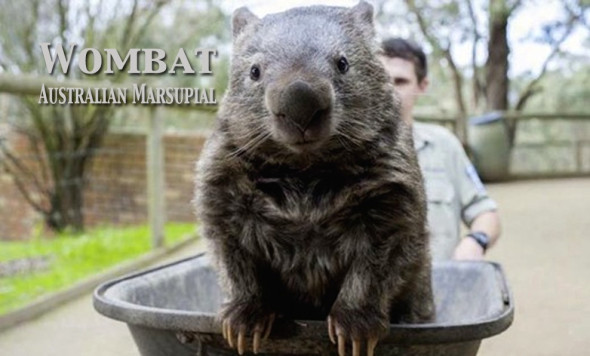
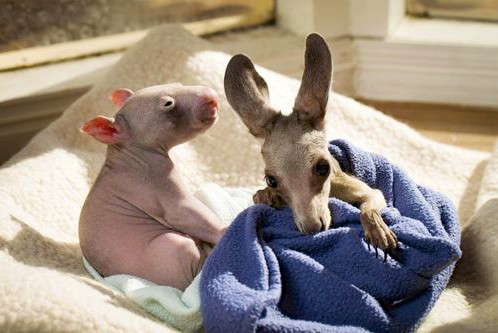
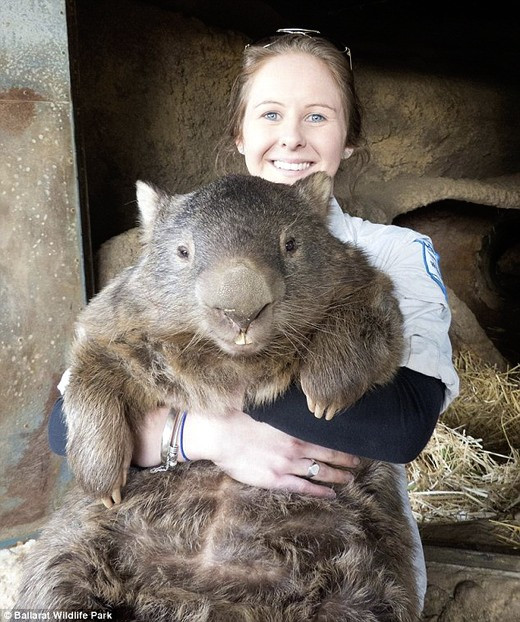
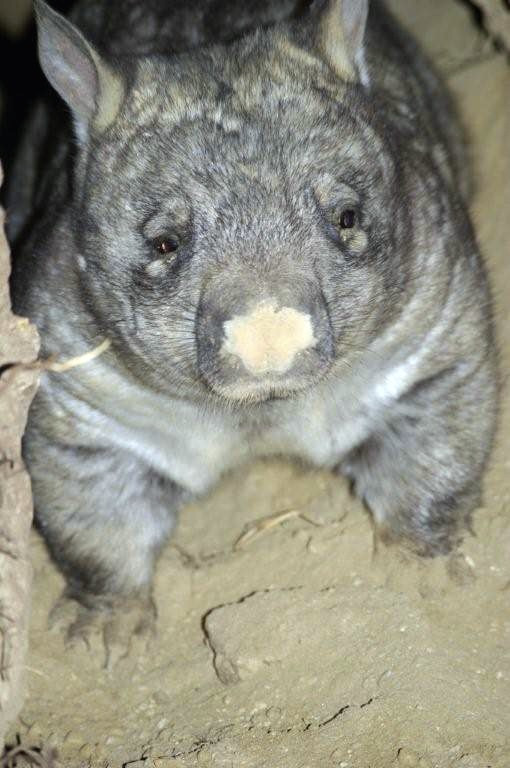
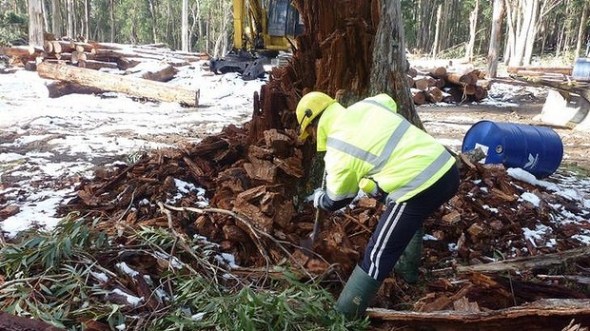
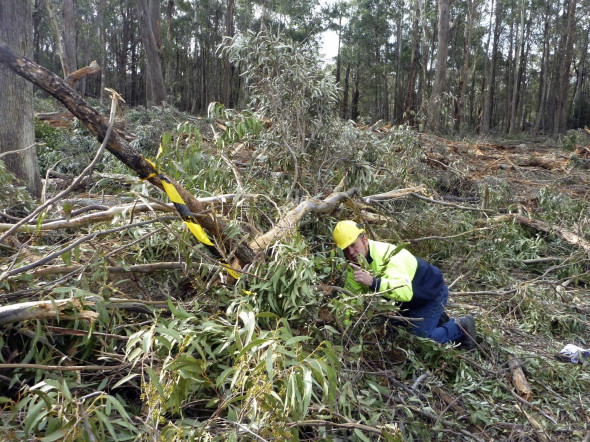
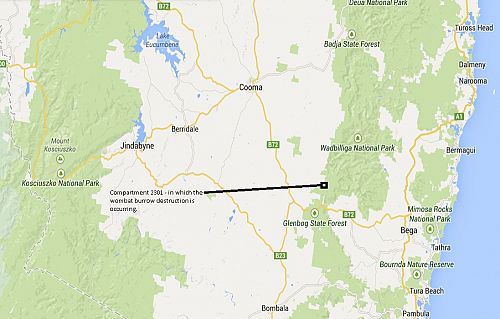
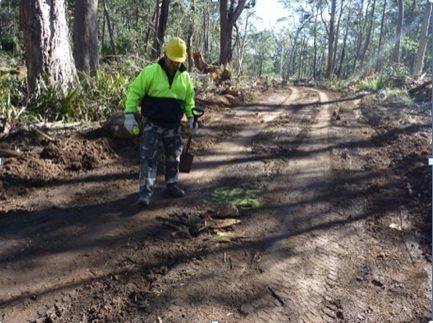

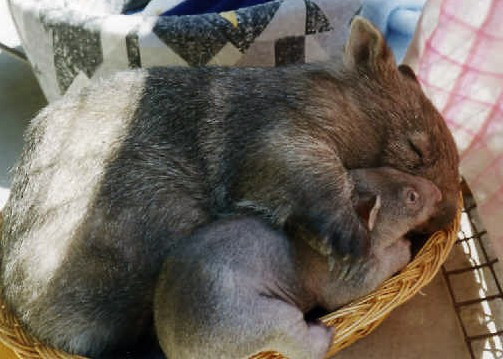
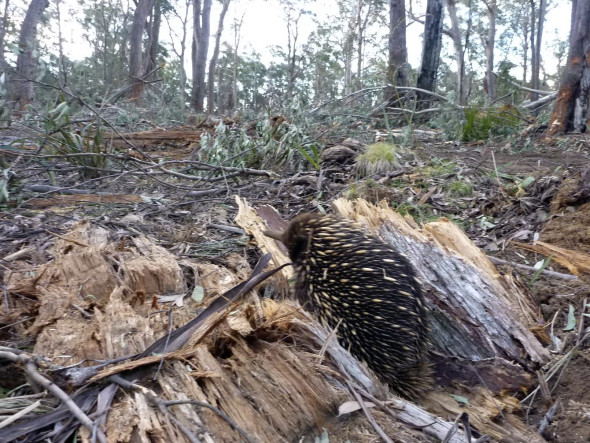
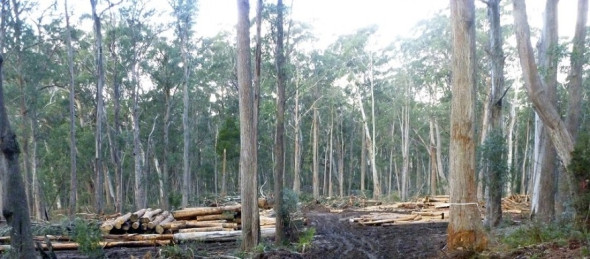
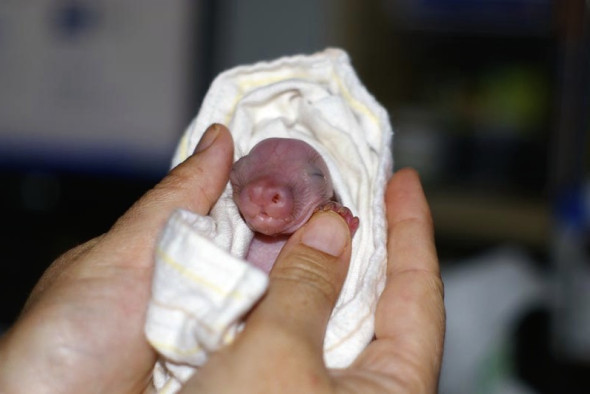
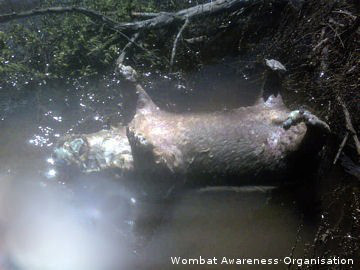
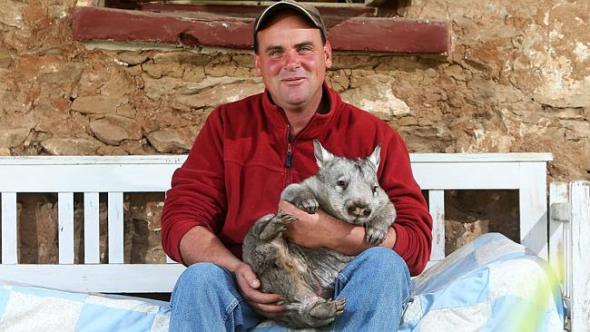
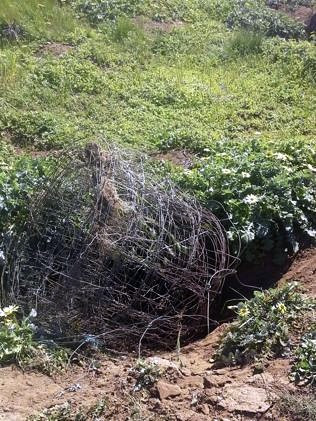
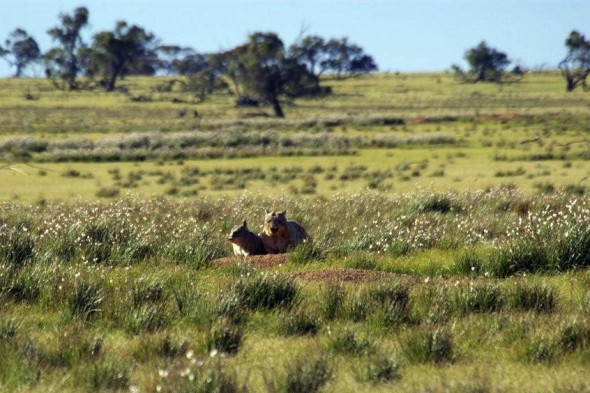
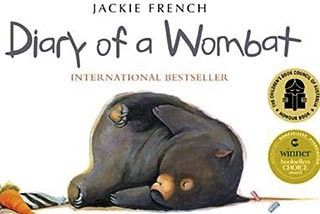



Thank you for your reply, should it merit a response we will respond in due course. This site is owned by International Animal Rescue Foundation and moderation is used.